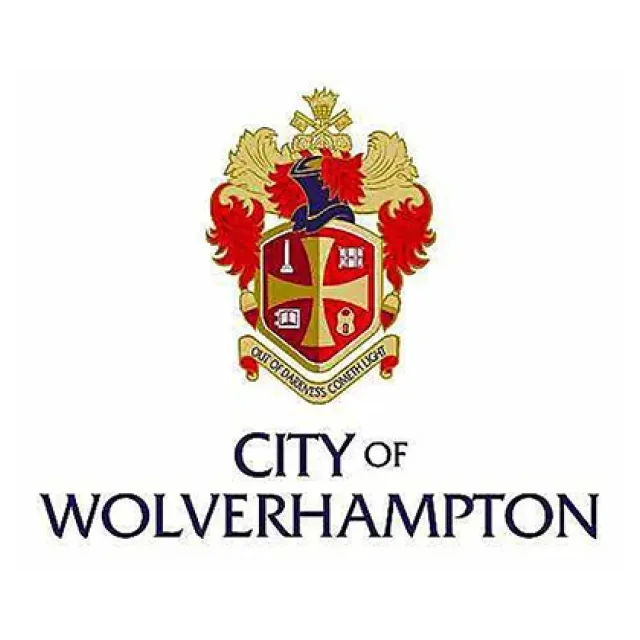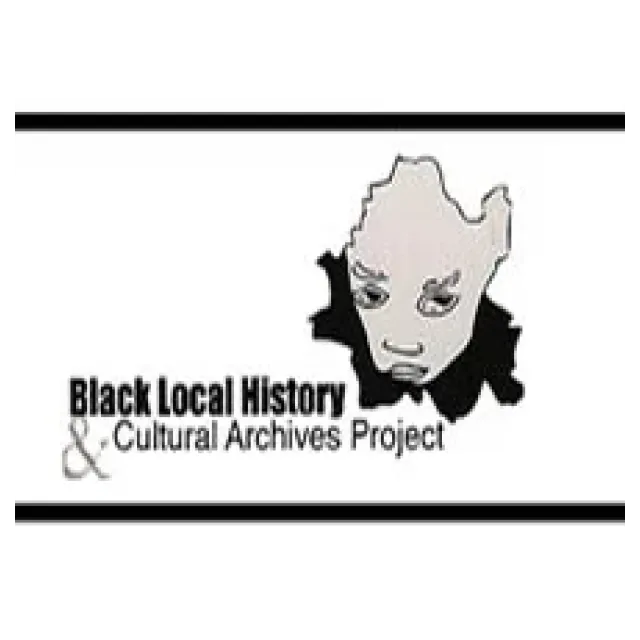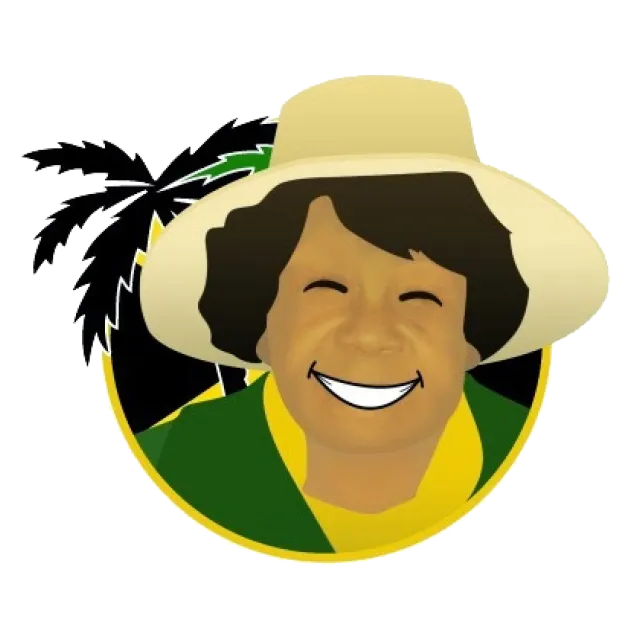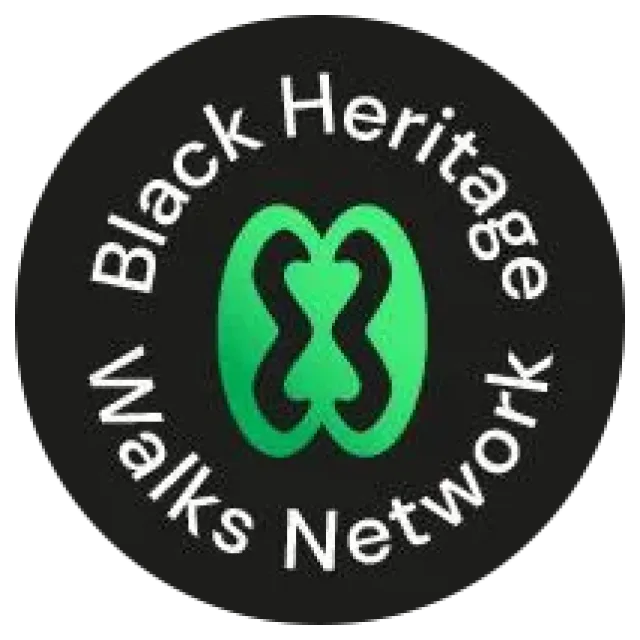The New Testament Church of God (NTCG) in England held its first public service at the YMCA Centre, Stafford Street, Wolverhampton, the morning of Sunday 20th September 1953 under the direction of Bishop Oliver A. Lyseight and Bishop Herman D. Brown.
Bishop H.D. Brown and Dr. Oliver Lyseight – Pioneers of Britain’s Black Church Movement
When the first waves of Caribbean migrants arrived in Britain in the 1950s, many came with a deep Christian faith. But on entering local churches, they were not always made welcome. Faced with exclusion, racism, and coldness, they built something remarkable: their own places of worship. These became not just churches, but community hubs — centres of comfort, belonging, and identity for the Windrush generation and their children.
Here in Wolverhampton, two towering figures shaped the birth of Britain’s Black church movement: Bishop H.D. Brown and Dr. Oliver Lyseight.
Bishop H.D. Brown – Pioneer and Builder
Bishop Brown was among the first Caribbean arrivals in Wolverhampton during the 1950s. Alongside Oliver Lyseight, he became one of the key architects of the Black-led church movement in Britain.
He established Mount Shiloh Church, which remains one of the country’s oldest Black-led congregations. From humble beginnings, Mount Shiloh became a foundation stone for generations of African-Caribbean families in the city. Here, people not only found spiritual nourishment but also practical support — food, friendship, housing advice, and a place to celebrate their cultural identity at a time when they faced racism in daily life.
Through Bishop Brown’s ministry, the Black church became a backbone of the community — offering leadership, hope, and a space to stand tall in faith and in pride.
Dr. Oliver A. Lyseight – First National Leader of the Black Church in Britain
Born in Hanover, Jamaica, in 1919, Oliver Lyseight brought both vision and organisation to this new movement. After arriving in Britain in 1951, he initially attended a white Methodist church in Wolverhampton. But when racism shut him out, he gathered fellow believers and began holding prayer meetings in local homes and later at the YMCA on Stafford Street.
In 1953, they formally established a Wolverhampton branch of the New Testament Church of God (NTCG) — the first African-Caribbean-led church in Britain. Its founding congregation of 25 soon grew into hundreds, and by the 1960s, branches had spread across the Midlands, London, and beyond.
Dr. Lyseight was appointed the first National Overseer of the New Testament Church of God in Britain, effectively becoming the first national spiritual leader of the Windrush generation. Under his leadership:
- National church structures were created,
- Training centres for ministers were set up,
- Churches were legally and financially established,
- Missionaries were supported abroad,
- And Black Christians in Britain found a unifying spiritual home.
Lyseight also played a wider role, helping to establish the Afro West Indian United Council of Churches, and becoming a prominent voice in ecumenical discussions with mainstream British churches.
When he died in 2006, thousands gathered to honour him at Bethel Convention Centre in West Bromwich. His funeral was one of the largest ever held in the Black Pentecostal community in Britain. In 2013, Wolverhampton recognised his service with a Blue Plaque — the first ever in the city to honour a figure from the Black community.
Legacy and the Present Day
The Black-led church movement founded by pioneers like Bishop Brown and Dr. Lyseight has left an indelible mark on Britain. What began in Wolverhampton living rooms and halls has grown into a network of hundreds of congregations across the UK, with the New Testament Church of God now the largest and oldest Afro-Caribbean church in the country.
Even today, churches such as Mount Shiloh and the NTCG remain central pillars of community life. They are places of worship, but also spaces for youth projects, health campaigns, food banks, music and arts, and celebrations of Black history.
In Wolverhampton, the story of Bishop Brown and Dr. Lyseight is not just church history — it is community history. Their courage and faith helped transform exclusion into empowerment, laying the foundations for generations of African-Caribbean people to find strength, belonging, and voice in this city.






